Average sizes and life expectancy for this breed:
The Exotic Shorthair originates from the Persian Breed Group that includes two of the oldest and most recognizable cat breeds; the Persian and Himalayan. These cat breeds share the same body type; however, Exotic Shorthair’s short, coarse hair varies from the Persian and Himalayan cats' thick, long hair.
The sweet-natured Exotic Shorthair is known as 'the lazy man's Persian' as they are perfect for those who love and adore the Persian look but don’t have the time or capability to take care of all that hair.
Exotic Shorthair have the same flat face, sweet, large, round eyes, and fat cheeks as the Persian cat. However, what makes them distinct is that they have a short, thick coat instead of a long flowing one.
Exotic Shorthairs have the same pansy-like sweet face and short nose together with their big eyes and the same short square body, which gives them a cuddly bear-like look. These loving cats have the Persian's calm manners but are bubblier and more curious, thanks to their shorthaired ancestry.
All in all, the Exotic Shorthair is an ideal breed for those who are searching for a sweet, quiet, loyal and peaceful feline companion. They are laid back, and it appears that nothing bothers them. Moreover, they are very affectionate as they quietly ask for your attention and affection by sitting in front of you with their irresistible look, staring straight into your eyes.
They love jumping into their human’s lap and will snuggle or nuzzle your face with their wet nose. Some Exotic Shorthairs even sit on your shoulder or hug you when you pet them. You will often see them lounging or napping in cool places like on a tiled floor or bricks
Exotic Shorthairs are ideal for most types of homes. These cats give their human companion their privacy and are not needy or demanding. Exotic Shorthairs are also playful and love interaction. They will leap until tired just to catch a toy on a stick. They are also smart enough to figure out how to get things from high spaces like bookcases and shelves.
See available kittens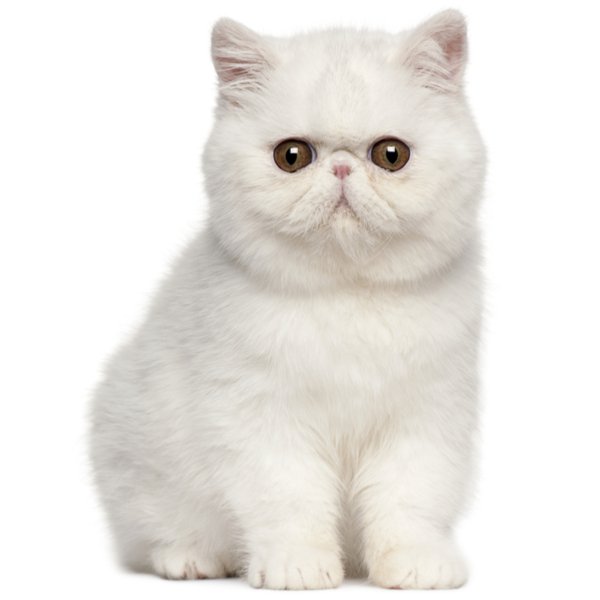

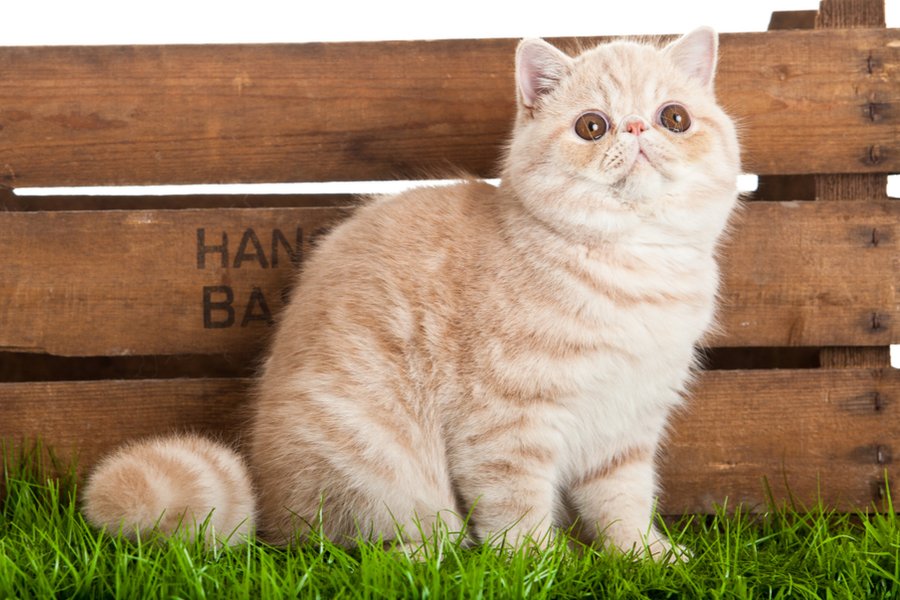


The Exotic Shorthair breed has been around since the 20th century and was somewhat of an accident. It started when breeders began breeding American Shorthairs with Persians to get their stunning silver colour and green eyes. The resulting litter didn’t look enough like American Shorthair; they had the beautiful Persian look but with a short, plush coat instead of luscious long hair.
A breeder named Jane Martinke proposed these kittens to become a new breed called the Sterling because of their appealing silver colour. Initially, they were intended to be silver only, but the name soon changed to Exotic Shorthair and accepted all colours.
In addition to the American Shorthairs, some cat breeders selected the Burmese for their solid body type, moderate head and short coat, while others went for the Russian Blue for their shorthaired gene and dense double coat.
Early development was slow and challenging as Exotic Shorthair cat breeders tried to get Persian cat breeders to work with them. Slowly, as the breed improved and became more popular, an increasing number of Persian cat breeders were keen to help. The aim was to produce a short-coated Persian, so as the Persian type changed, so did the Exotic Shorthair type.
Today the breed standards for Persian and Exotic Shorthairs are identical, except for the coat length. This breed gained championship status recognition by The International Cat Association in 1979.
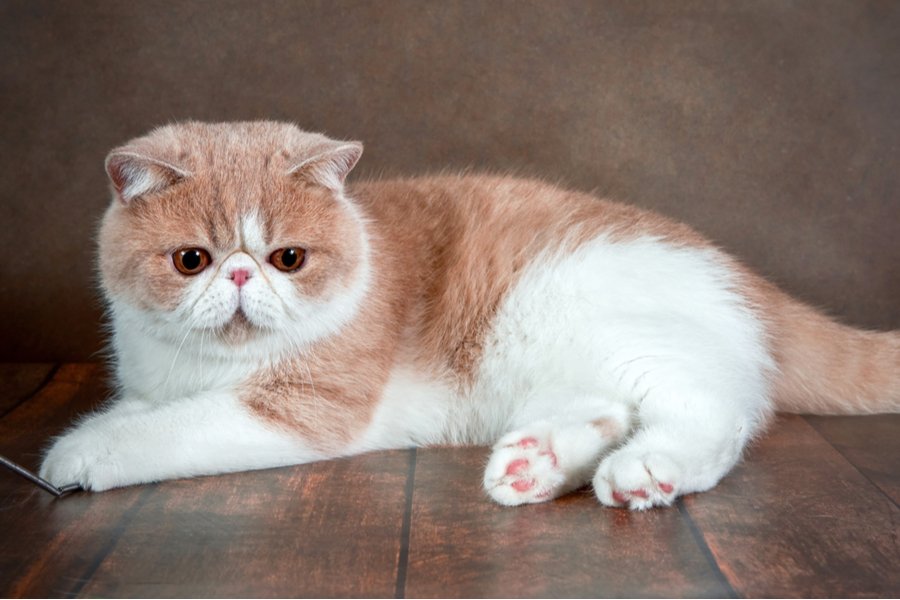
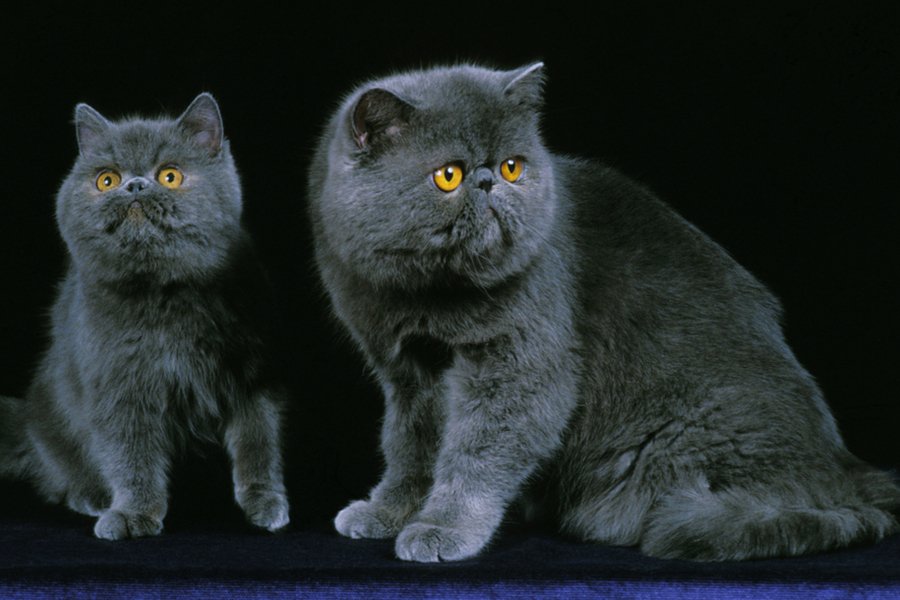
Exotic Shorthairs poses heavily boned bodies that are softened by their soft coat. They have broad round heads with low set ears and big round eyes opening up their short face and giving them a sweet expression. Their round heads are set on strong, short, square bodies. They also have little short thick legs balanced by a short, dense tail.
Their plush coat adds an idea of soft roundness to their muscular body, making them look like stuffed toys you just want to pick up and cuddle. Exotic Shorthairs come in all the colours of the rainbow and various patterns, including solid, silver and golden, shaded and smoked, tabby, particolor, bicolor and Himalayan.
Exotic Shorthairs stand out because they are brachycephalic and have a paedomorphic appearance. As a brachycephalic cat, their skull, and by extension, their face is short and broad with a flattened muzzle. Paedomorphic appearance is a natural trait in Exotic Shorthairs. It means that their face keeps their kittenish expression, with their big, rounded and widely set eyes, a short nose, small ears, and a large, rounded head.
Exotic Shorthairs are easy-going, affectionate, calm cats with the quiet manners of the Persian. Gently endearing, Exotic Shorthairs demand attention with an appealing gaze and then tend to hug you when you pick them up. They will follow you around the house to be near you. They would also jump in your lap for a nap when you settle down to rest, watch some TV or read a book.
Their shorthaired ancestors have given them their playful nature and as a result, they love jumping to catch a toy and chasing it around. Simple things entertain them, whether chasing paper balls or watching the water drip out of the faucet.
The Exotic Shorthair has a soft voice and numerous chirping sounds. While sweet and peaceful, Exotic Shorthairs still have an intelligent curiosity that makes them loved and adored by many. Since they are so relaxed and laid back, they get on well with children and other pets.
Exotic Shorthairs can find happiness in all environments, from urban to country living. Make this cat comfortable by providing cool areas like bricks, tiles and uncarpeted floors where they can freely lounge and sleep on it, as they can struggle to cool their bodies down.
These beautiful cats are a low maintenance breed that doesn’t need a lot of space. They will be as happy and content in an apartment as a huge home. These amicable cats do not like being alone though, so it is recommended that you provide them with a cat companion to keep them occupied and content if you travel a lot.
They also make great feline companions for the elderly as they are not as high energy or high maintenance as other cat breeds. Exotic Shorthairs are gentle and easy-going and they can spend many hours cuddling on your lap as they sleep.
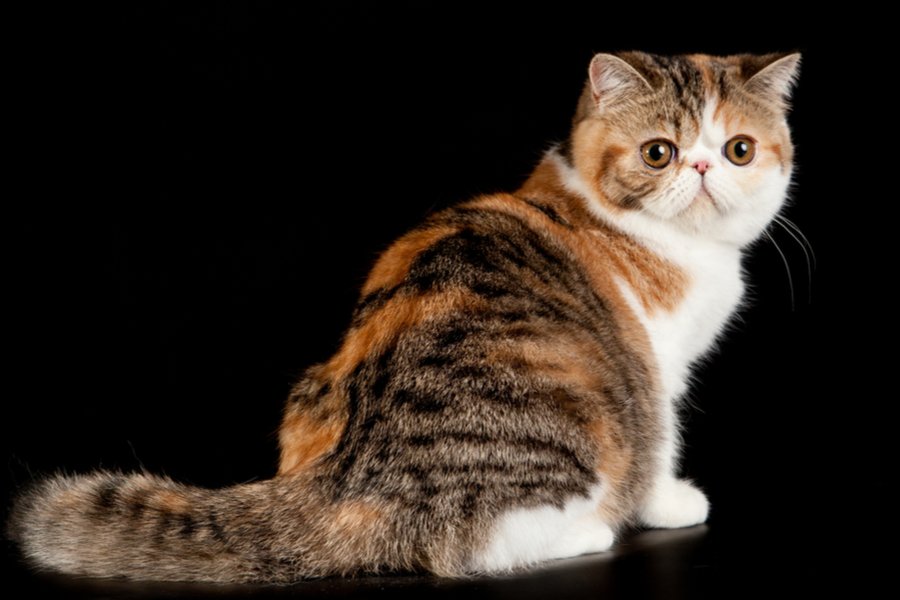
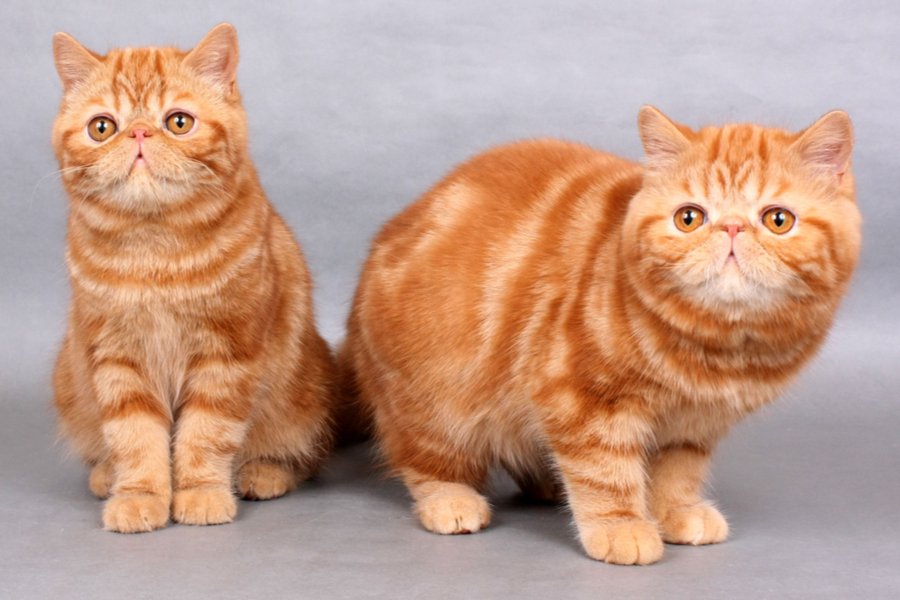
Challenge their smart minds and keep them alert by teaching them games, commands and tricks. Exotic Shorthairs are intelligent and enjoy being clicker-trained. In fact, you can teach them to “wave” or “sit” using a clicker.
Encourage them to be active by providing them with many puzzles and other interactive toys. Try playing with a fishing-pole toy or let them chase a ball as they love and enjoy these activities. Don’t forget to give them rewards like their favourite treats and kibbles when they behave during the training session or by following commands.
When an Exotic Shorthair is correctly familiarised and trained during their kittenhood, they will thrive on being a well-behaved and well-bred feline companion. These sweet-natured and friendly cats are sociable and loving cats that treat each training session as quality time well spent with their human companion.
Although short, Exotic Shorthairs have a dense, multi-layered coat, just like a Persian. Daily brushing is best to keep their fur and skin healthy and avoid matting and accumulating furballs, but two or three times a week is sufficient enough. Exotic Shorthairs tend to shed more during seasonal shedding time though, so they benefit from more regular brushing during these times.
Teach your Exotic Shorthair kittens to get used to regular brushing by using a very soft brush so it will not pull their kitten hairs or hurt their skin. After a while, you can upgrade your tools to one that will adequately provide for their coat needs. Remember to reward your cat if they behave well during the grooming session.
The Exotic Shorthair’s flat face needs regular cleaning to avoid infections from developing in their skin folds. Because they are brachycephalic cats, some Shorthairs may experience partial obstruction of the upper airway. This can cause breathing difficulties and make them susceptible to Upper respiratory infections.
Keep your cat’s ears free from infection by cleaning them weekly from any dirt or buildup. Make sure to observe for any foul smell coming from this body part as it may be an indication of an ear infection. See your vet and ask for tips on how to clean their ear correctly. You can start using a clean cotton ball or a soft cloth with a vet-approved ear cleaner product.
Because these cats are prone to tear stains, clean and remove any eye discharge or stains on a daily basis. You can use a clean, soft cloth, but always use a different part of the fabric to prevent the risk of spreading infection.
For their dental health, brushing their teeth weekly is sufficient to keep your Exotic Shorthair’s teeth in tip-top condition and free from any tooth and gum diseases. Keep their nails clean by trimming them twice a month or when needed.
Lastly, clean litter boxes are essential to Exotic Shorthairs. These cats, like many other cat breeds, are careful about their bathroom hygiene. Clumped litter can stick to their gorgeous coat, which may result in tangles and mats.
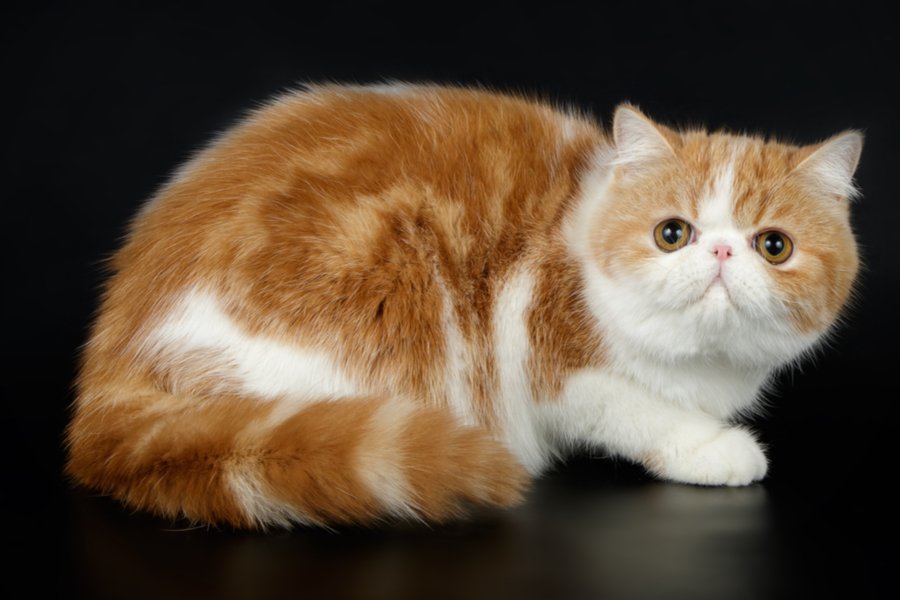
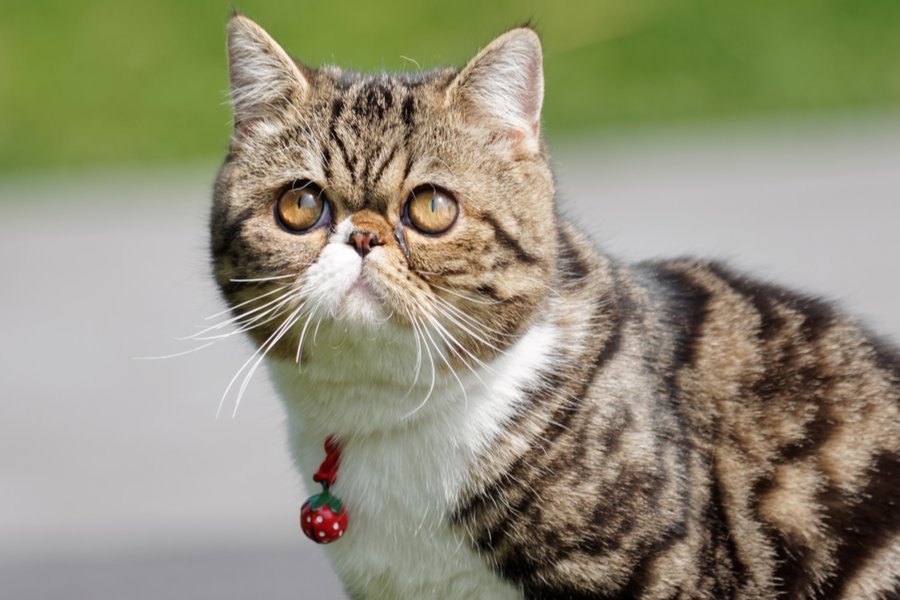
As a brachycephalic cat, there are some important health conditions you should be aware of if considering getting an Exotic Shorthair. Because of their short, flat faces and small nostrils, these cats often suffer from chronic respiratory issues, including breathing difficulties. Some Exotic Shorthairs are also born with jaw deformities because of their unnatural face structure, which can lead to dental disease and difficulty eating and drinking.
Many Exotic Shorthairs have eyelids that turn in towards their eyes. This unusual characteristic creates excess eye drainage and can lead to sores and ulcers. In severe cases, the eyelids may turn inwards so much that they rub against their eyeballs. For this, surgery is needed.
As these cats were initially bred from the Persian, hypertrophic cardiomyopathy is a concern. They can also carry the gene that is associated with (autosomal dominant polycystic kidney disease). This creates cysts in the kidney, which can lead to kidney failure.
Because of all these potential genetic conditions, it is essential to buy from a reputable and registered breeder with experience with this breed. Do not buy an Exotic Shorthair if the breeder does not run DNA health checks on their cats or refuses to show you the test results. This is important for checking for inherited disorders, so avoid paying a deposit until you see DNA test results.
This calm and approachable breed are great companions for the elderly or in quiet homes as they are very relaxed and laid back, and are not very needy compared to other cat breeds. Exotic Shorthairs also love playing so they are an exceptional choice for families with children, providing they are not too loud or boisterous.
These gentle cats will likely walk away than scratch someone if they don’t like how they are being held. But it is essential to teach kids the importance of handling cats properly and treat them with respect and politeness.
Exotic Shorthairs are happy to live with other cats, especially their kind and cat-friendly dogs in the same household. It is always best to introduce pets slowly and in controlled environments to make sure they learn to get along well together.
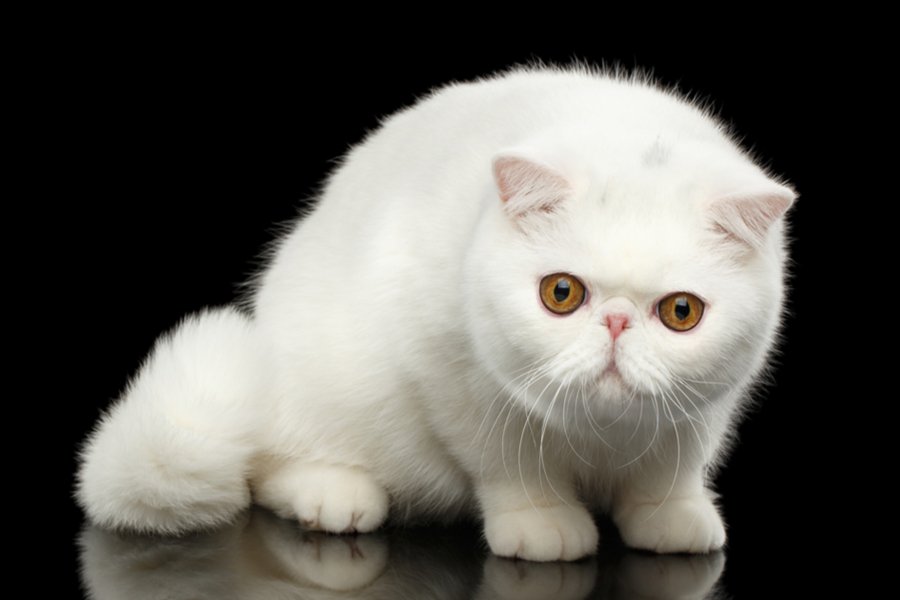
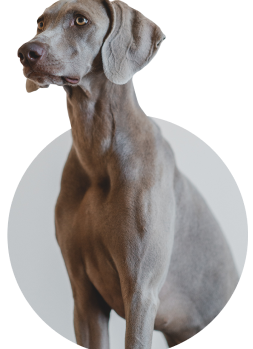
We can connect you with Breeders that are specialized in this particular breed.
See available kittens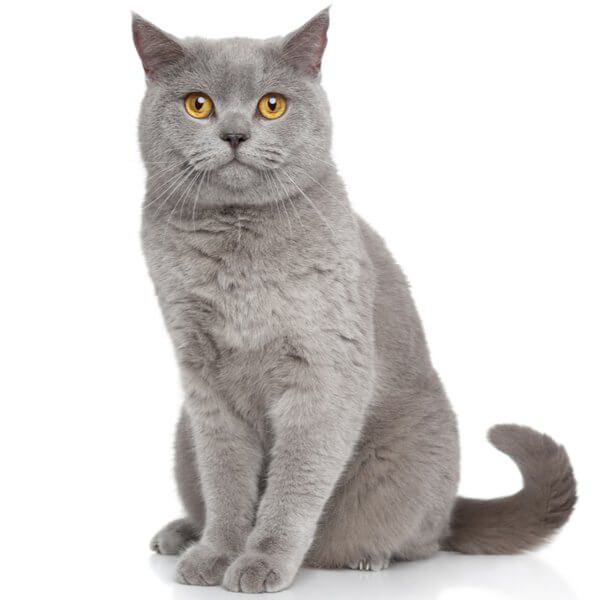
United Kingdom
Size : Medium
Coat : Short
Registration : GCCF, TICA, CFA, FIFe
Vocality : Low
Hypoallergenic : No
Grooming : Once a Week
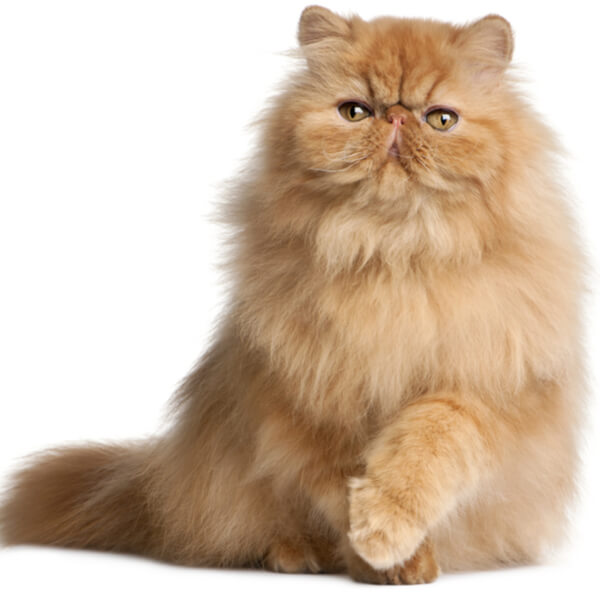
Iran
Size : Medium
Coat : Long
Registration : GCCF, TICA, CFA, FIFe
Vocality : Low
Hypoallergenic : No
Grooming : Twice a Week
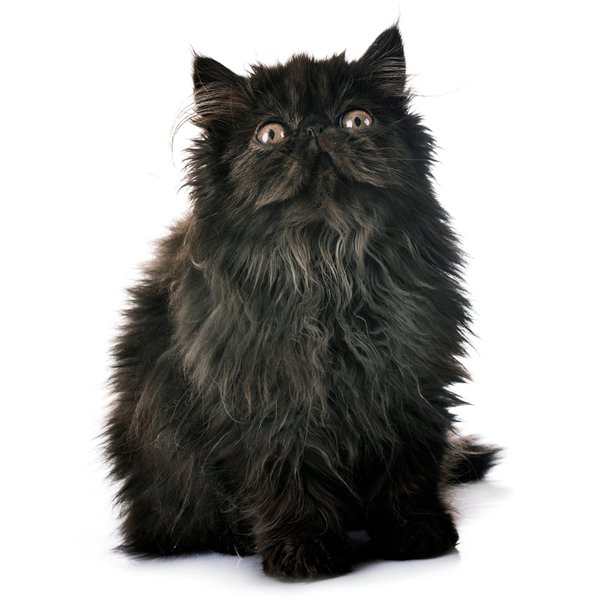
United States of America
Size : Medium
Coat : Long
Registration : GCCF, TICA, CFA, FIFe
Vocality : Low
Hypoallergenic : No
Grooming : Everyday
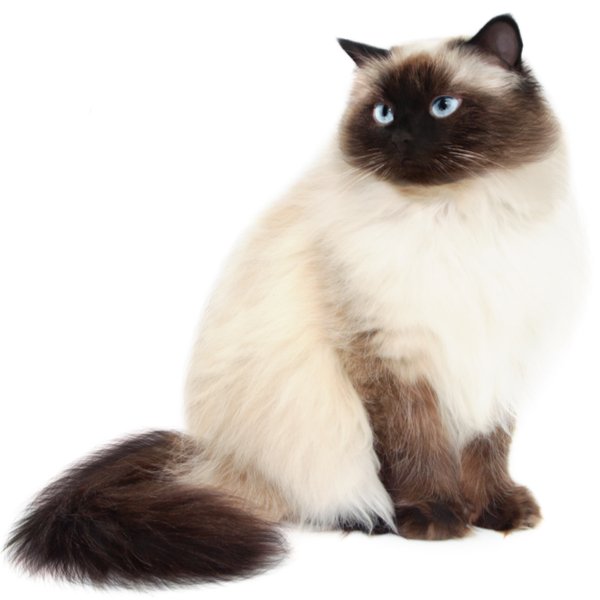
United States of America
Size : Medium
Coat : Long
Registration : TICA, FIFe
Vocality : Low
Hypoallergenic : No
Grooming : Everyday


Need some advice?
Whether you're a first time pet owner, an experienced pet owner, a new or long-time breeder, or just curious about pets, we've got you covered!
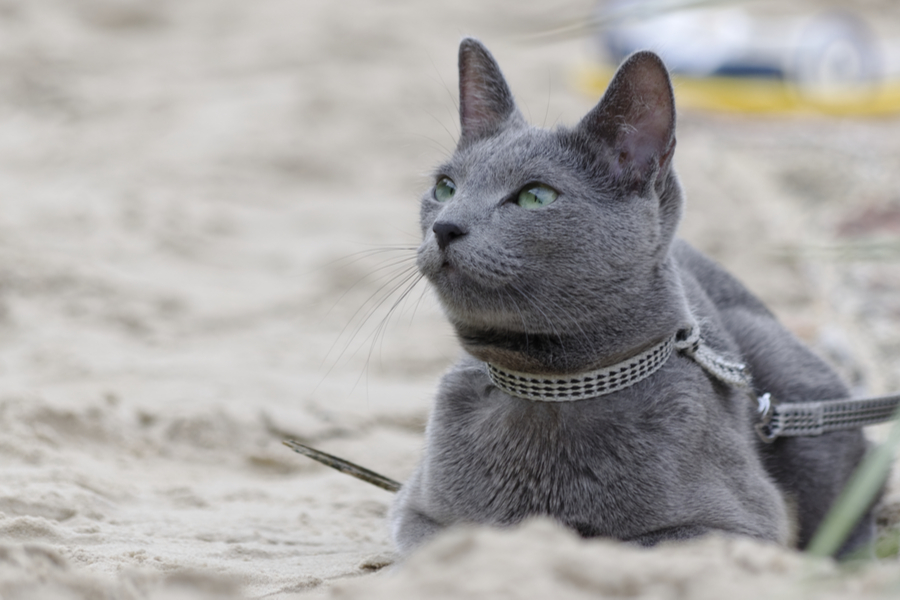
January 17, 2024
What Is The Personality Of Russian Blue Cats?
Russian Blue cats are most known for their distinctive shimmery blue-silver coat and piercing green eyes. However, this breed’s calm and gentle temperament is what makes them shine the most in the feline world.
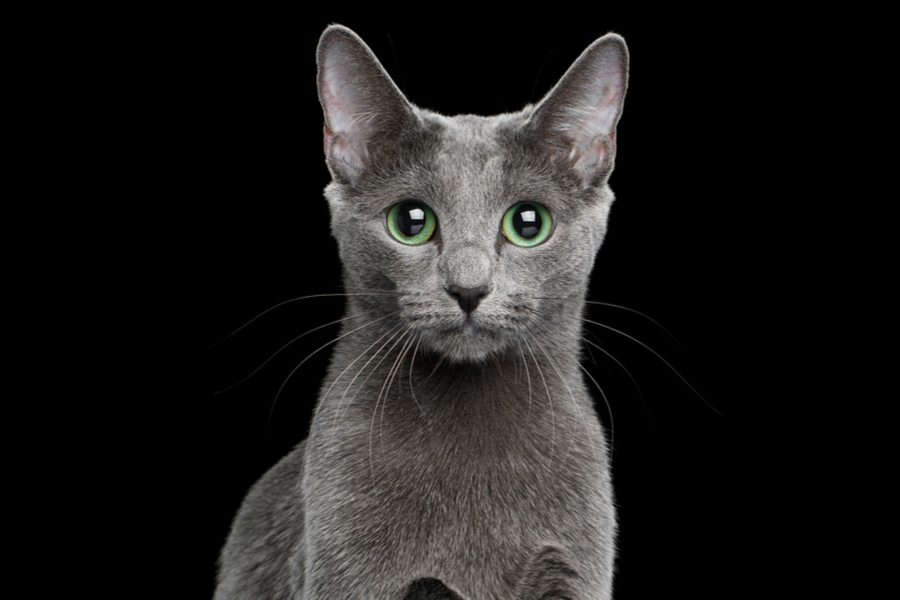
January 17, 2024
10 Facts About Russian Blue Cat Breed
Russian Blues are one of the most aesthetically stunning cat breeds, with a gorgeous plush silvery coat and vibrant green eyes. However, it’s not only their appearance that is beautiful; their nature is too.
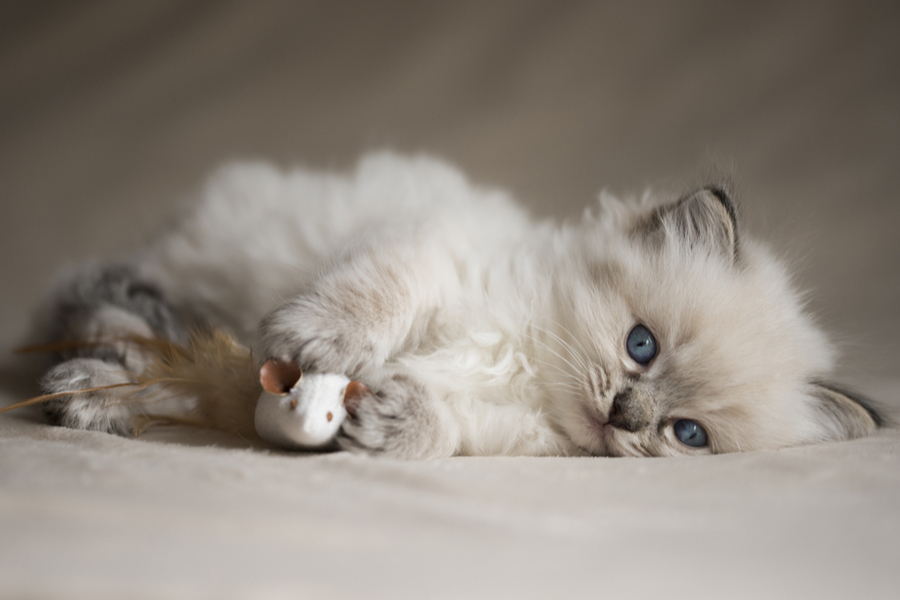
January 17, 2024
How To Choose The Right Cat Breed for You
Cats can make the most fantastic animal companions; they are adorable, friendly, and loving. However, not all felines are created equal. There are many different breeds, of which each has its unique personality traits.
Need some help?
Contact us to speak to our friendly advisor, who will gladly help you find your dream pet!



We are registered in England and Wales under registration number 12568840,
and our registered office is at 58-60 Kensington Church Street, W8 4DB London, England.
© 2023 The Pedigree Paws